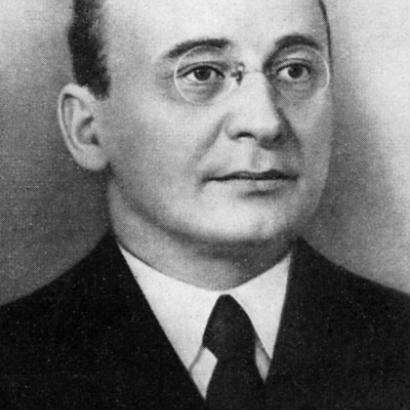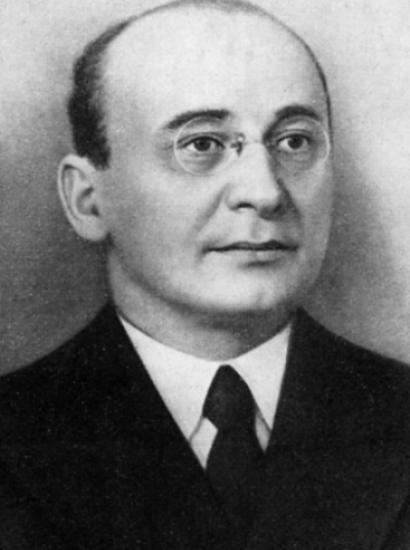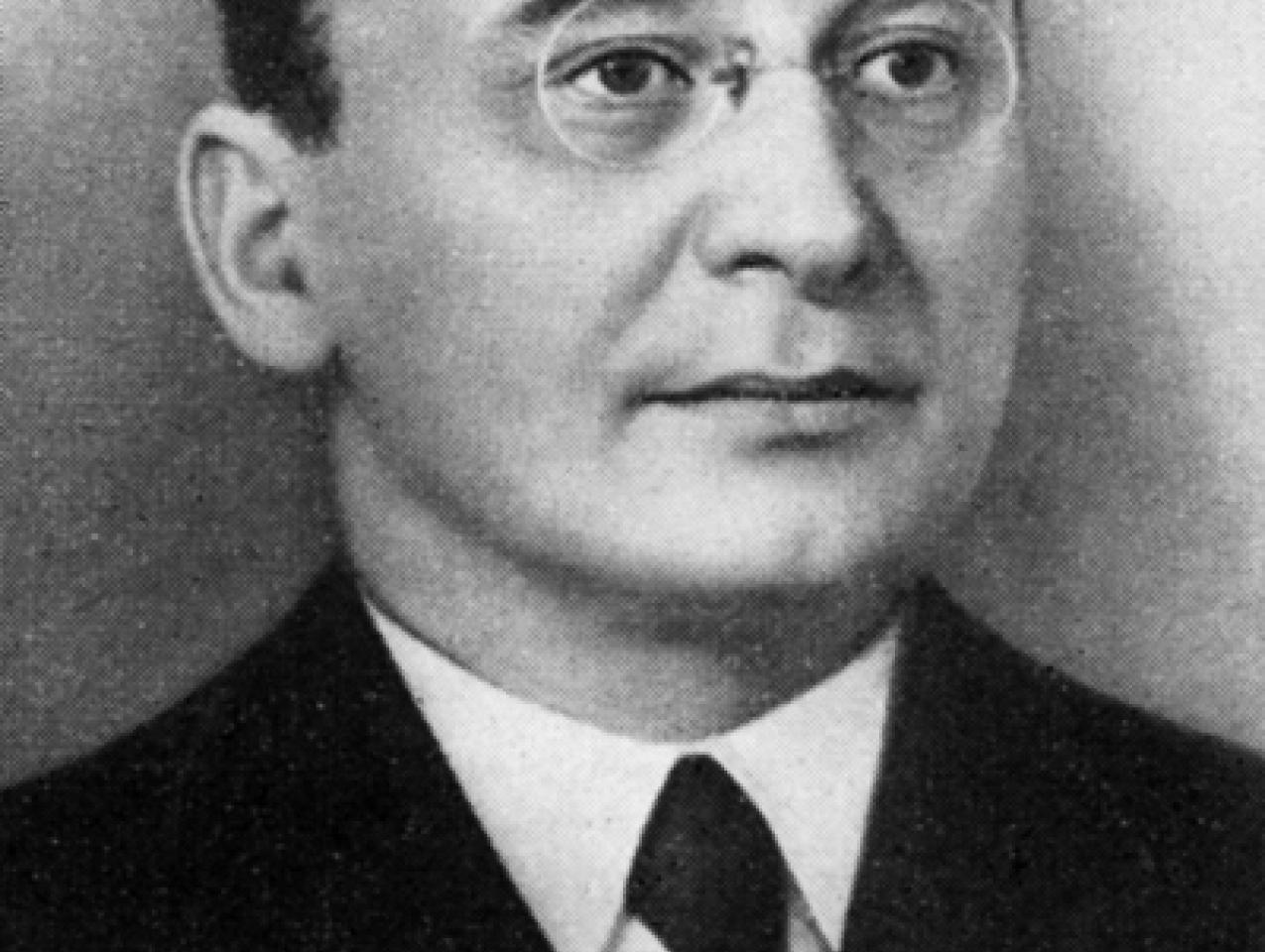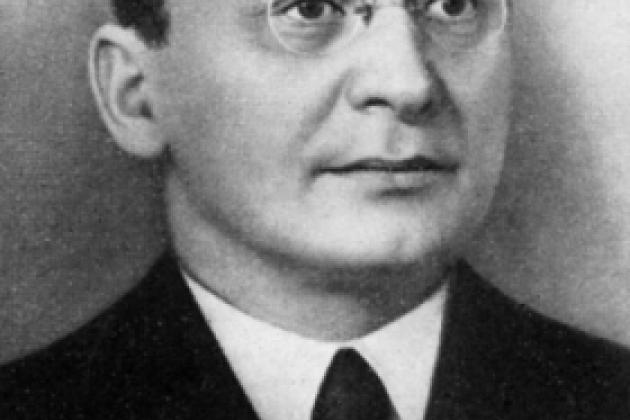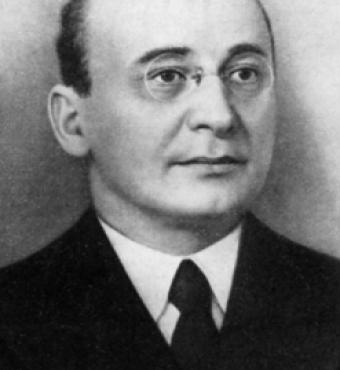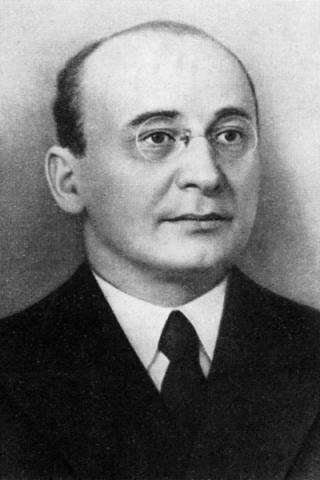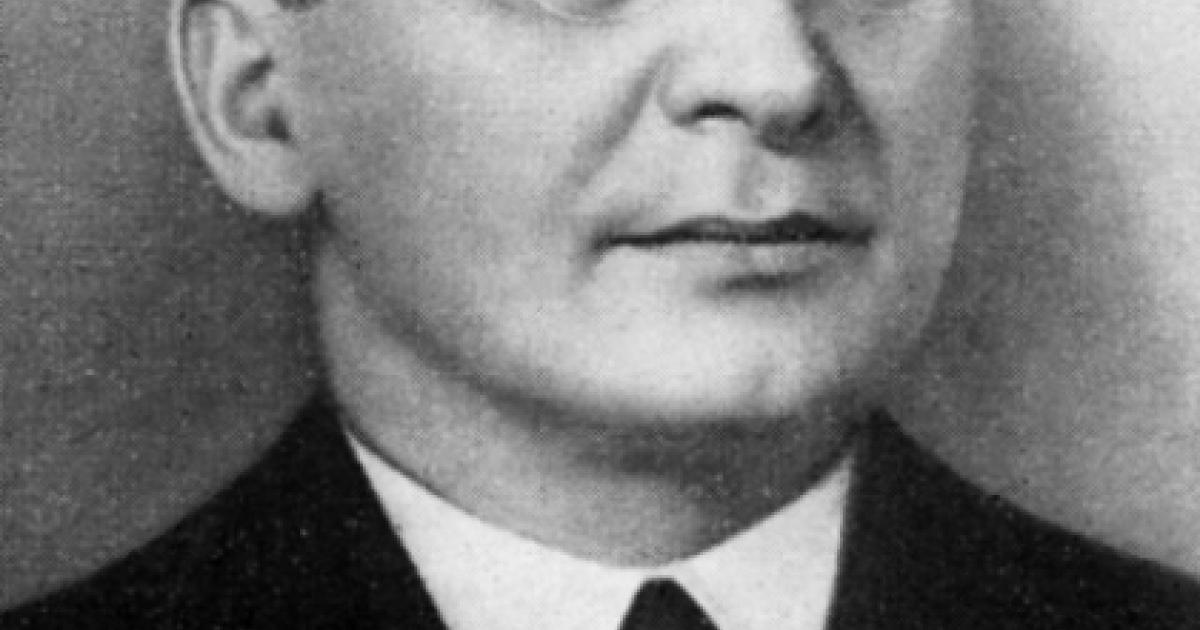In the last years of Joseph Stalin’s life, the Gulag became increasingly unmanageable. Authorities at one Siberian camp seized ammonium and detonators from a group of thirty prisoners who were planning to dig a tunnel through the Bering Strait and escape, according to a 1951 report, “to the Americans in Alaska.” As the regime handed out seemingly interminable sentences, hopeless prisoners argued that only a bullet to the head would cause them to stop their aggressive behavior. A culture of violence and routine insubordination descended not only on the prisoner population but on camp authorities as well.
In 1952, Alexander Ivanov, a 32-year-old prisoner at a labor camp in the far north, wrote two letters to the Soviet Council of Ministers. The first was intercepted by camp officials, who punished Ivanov for informing the Soviet leadership about acts of torture at the camp. But this did not stop the insolent Gulag prisoner. Ivanov wrote again, and this time gave his letter to another inmate, who smuggled the damaging document out of the camp upon his release and ensured that the letter journeyed hundreds of miles to its Kremlin address. The letter landed in the hands of Stalin’s chief of state security (MVD), Lavrenty Beria, a man so close to the dictator that he was entrusted with supervising the Soviet Union’s nuclear program.
Beria, who was known for his cruelty, not only read the prisoner’s account of torture and abuse at the camp but gave the petition to his deputy, S. N. Kruglov, with the following instructions: “Verify the stated facts carefully and take measures against those guilty of this misconduct. Report your results to me.” Kruglov immediately called a meeting of the Gulag leadership and initiated an extensive investigation that would result in the arrest of several camp officials and the firing of the camp’s director.
“What rules here,” prisoner Alexander Ivanov wrote in a letter smuggled out of the camp, “is a kind of fascist arbitrariness.”
Gulag prisoners wrote many letters of complaint to Soviet authorities about everything from the lack of food, winter clothes, and shoes to the loss of packages from relatives and the illegal acts of camp administrators. This was not the first written complaint from a Gulag prisoner to capture Beria’s attention, nor was it the first that Kruglov had been charged with investigating. Nonetheless, the Kremlin’s response to Ivanov’s letter is astonishing. The prisoner’s petition triggered a massive inquiry into nearly every aspect of operations at this particular camp, Pechorlag. Each of his specific charges of torture was investigated in detail. Many people at the camp were interrogated. A six-member MVD commission produced a remarkably long report whose purpose was noted in the first paragraph: “To confirm the contents of the petition sent to the USSR Council of Ministers by prisoner A. V. Ivanov.”
The MVD chief had been hearing for years about various problems at Pechorlag, and the report catalogs many—acts of extortion, theft, and murder; heterosexual and homosexual relationships; interactions with the local civilian population; work strikes; escape and attempted escape. Ironically, Stalin’s most brutal henchman appears to have taken special interest in the problem of camp violence, whether perpetrated by guards who tortured prisoners or prisoners who murdered each other and their guards. To be sure, the Soviet leadership typically justified repressive policies as prophylactic and necessary while often criticizing individual acts of violence by subordinates as excessive. Nonetheless, Beria might have been motivated by a number of factors. For years, camp officials had worried about the corrupting influence of detention and the fact that camps often functioned as a mere breeding ground for criminal gangs. Many Gulag prisoners, reentering Soviet society after serving their sentences, brought home the criminal behavior learned from survival in the camps. Perhaps Beria sought to mitigate what some considered the contaminating influence of the camps on Soviet society. Or perhaps he believed that the absence of law and order undermined the camps’ economic functions.
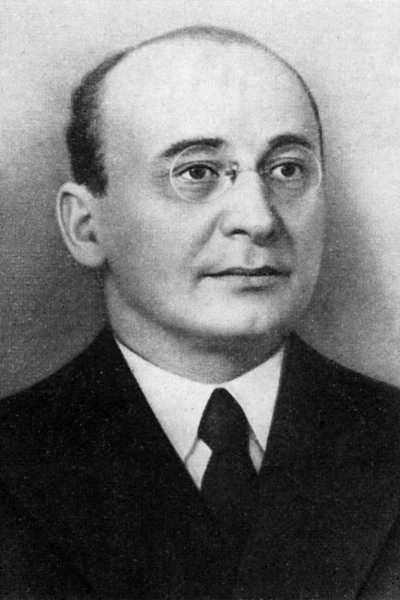
A SYSTEM OF OUT-OF-CONTROL CRUELTY
At the least, a reader in the Kremlin would certainly take note of the prisoner’s comparison of Gulag officials to Nazis and capitalists. “What rules here,” Ivanov wrote, “is a kind of fascist arbitrariness. There are torture chambers, cells for the torture of prisoners, and all the instruments of torture. I was so naive to view movies about the development of torture in capitalist countries and to rejoice that we had no such thing. But torture does exist. It exists in Pechorlag.”
In particular, Ivanov described the case of more than thirty sick inmates who defied orders to work. Camp authorities dismissed the prisoners’ claims of illness and punished them by slashing their food ration. Food represented one of the most powerful weapons in the MVD’s coercive arsenal; Gulag prisoners faced not only barbed wire and armed escorts but the fear that their perpetual state of hunger could deepen still further if they committed the slightest misstep. The prisoners at Ivanov’s camp refused to accept the harsh penalty of a reduced food ration, so they were all sent to an isolation cell.
“This isolation cell,” Ivanov wrote, “is basically a torture chamber. The system is this: the guards ‘work on’ the prisoners who are sent there. That is, if a person keeps quiet, then he is simply beaten. If he says a word, then they put him in a straitjacket, twist his arms and legs, and break his spine. The staff employs these instruments of torture systematically, as ‘prophylactic measures.’ Handcuffs are regularly used. Once they secure the handcuffs, the guards pull on them so that the person becomes incapacitated. And this occurs regularly, from one day to the next. People emerge from the torture chamber and are either crippled or hopelessly ill. Not a single individual has completely recovered from this torture.”
Ivanov identified each of the perpetrators by name, but noted that the worst acts of brutality were committed by “an experienced hangman” who used to be head of the isolation cell block until he committed murder. According to Ivanov, a former MVD officer and current prisoner named Stepanov had essentially remained in his previous post as master of the isolation block. Stepanov’s shifting role was not unusual for a camp employee; Gulag officials often found themselves among the ranks of their prisoners (many were sentenced not only for murder but for embezzlement and theft), and prisoners too often performed administrative tasks in the Soviet Union’s remote and understaffed labor camps. Most of Ivanov’s charges were ultimately confirmed in the investigation.
“People emerge from the torture chamber and are either crippled or hopelessly ill. Not a single individual has completely recovered from this torture.”
Ivanov also experienced firsthand that which he described in his letter: “On August 16, 1952, I was subject to such torture and taken unconscious to the hospital where I remain to this day. . . . Since they are trying to eliminate me as quickly as possible, I ask you this: if you do send your representatives to investigate, then they should look for me immediately, that is, if others haven’t already wiped me off the face of the earth.”
WHAT ALEXANDER IVANOV MAY HAVE ACCOMPLISHED
The Soviet state and party documents held in the Hoover Archives do not tell us what became of Alexander Ivanov; there is no indication that the messenger became the victim of a revenge killing. The MVD report, however, provides a long list of violent incidents at the camp, perpetrated not only by guards but also by prisoners. The camp leadership recorded nearly eighty incidents involving murder or serious injury to prisoners, including cases of stabbings, beatings, and strangulation. Ivanov had reason to be scared.
Reliable information is especially scarce in a totalitarian dictatorship, which is why Kremlin leaders always pored over letters from citizens. From both Ivanov’s letter and the subsequent MVD investigation, we see a picture of Pechorlag that camp bureaucrats would probably not have constructed themselves. An image emerges of a labor camp plagued by routine violence, with perpetrators and victims often switching roles. The prisoners murder, the guards torture. Such routine violence exposed the fundamental volatility and instability that characterized the microsociety of the Gulag archipelago.
“Since they are trying to eliminate me as quickly as possible, I ask you this: if you do send your representatives to investigate, then they should look for me immediately, that is, if others haven’t already wiped me off the face of the earth.”
The Gulag leadership, for its part, blamed camp leaders for the brutal actions of prisoners and staff. It charged that insufficient attention was being paid to political education; the truly irredeemable “bandit” elements were not separated from less dangerous prisoners; top camp leaders supervised their staff poorly; and midlevel officials were not gathering intelligence among prisoners that would head off acts of violence before they could occur.
The MVD investigators spoke as if routine acts of cruelty could be prevented by improvements in political education and law enforcement. By the time Ivanov wrote his letter, however, the Gulag’s ingrained culture of violence was well beyond the reach of socialist education or Soviet control.
Shortly after Stalin died in 1953, Beria openly criticized many features of the penal camp system and arranged a massive release of criminal offenders, for reasons that were largely self-serving. His amnesty would signal the beginning of the end of the Gulag. Could prisoner Ivanov’s letter have played a role?








